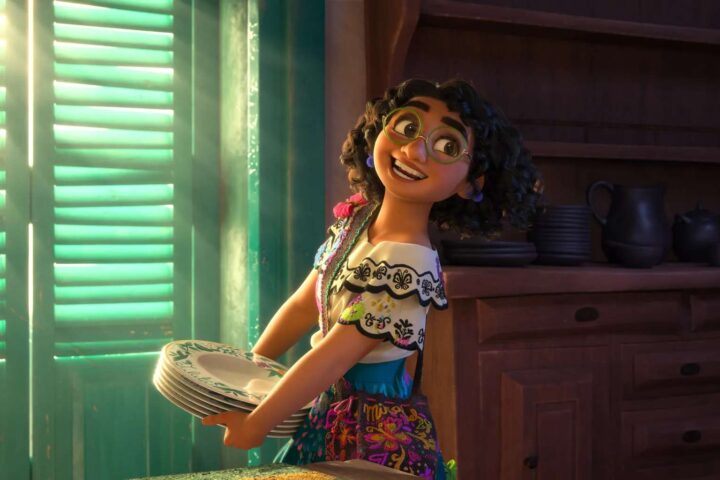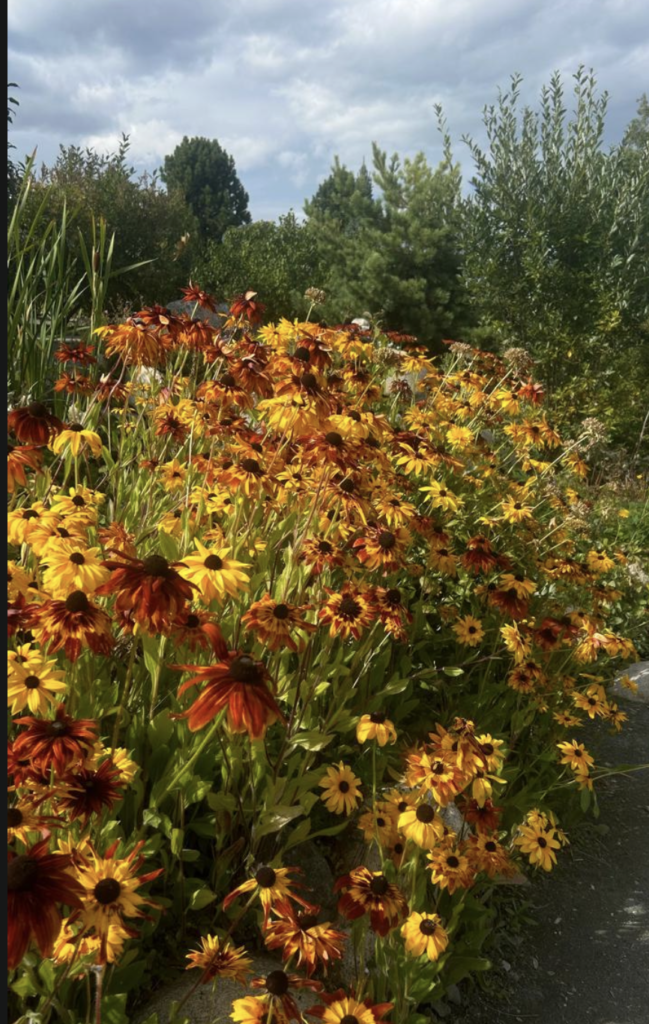If you’ve been around UNBC long enough, you’ve probably noticed Nowruz decorations popping up every spring. Since at least 2014, they’ve been a part of campus life. But Nowruz is the equivalent of Christmas time for millions across Asia, marking the start of a new year and the arrival of spring.
(Disclaimer: This article reflects my personal perspective as a Persian writer. Nowruz is celebrated in diverse ways across different cultures and regions.)
What is Nowruz?
Nowruz (also spelled Navruz) has been around for over 3,000 years, celebrated by millions across Iran, Tajikistan, Turkmenistan, Uzbekistan, Pakistan, Afghanistan, Albania, Azerbaijan, Georgia, Iraqi Kurdistan, Kazakhstan, Kosovo, Kyrgyzstan, and Mongolia’s Bayan-Ölgii province. It’s also widely observed in parts of Turkey, India, and beyond.
It all started as a Zoroastrian festival in ancient Persia, marking the arrival of spring—a literal fresh start. In 2009, UNESCO recognized Nowruz as an Intangible Cultural Heritage of Humanity, and today, cities worldwide host festivals full of music, dance, and food. But it hasn’t always been smooth sailing.
The History No One Talks About
Like many cultural traditions, Nowruz has faced bans and suppression. During certain periods in Iran, parts of the former Soviet Union, and Afghanistan, celebrating Nowruz was outlawed. Governments saw it as a symbol of resistance, a tradition too tied to national identity and independence. Indigenous communities in Canada and beyond can relate—their traditional celebrations were also banned for decades. But cultural traditions don’t just disappear. People kept Nowruz alive underground, and today, it stands as a symbol of resilience for many inculding my motherland Iran.
How Do People Celebrate?
Nowruz is all about joy, connection, and making memories with loved ones. The festivities are packed with traditions that bring people together:
- Visiting family and friends, sharing sweets and traditional food.
- Elders giving children Eidi—small gifts of money or sweets.
- Kids going door to door, singing Nowruzi songs and collecting Eidi.
- Jumping over bonfires during Chaharshanbe Suri, an ancient fire-jumping ritual meant to burn away bad luck.
- Dancing, eating, and partying—lots of it.
The Haft-Sin Table: More Than Just Decor
One of the most iconic Nowruz traditions is the Haft-Sin table, where seven symbolic items, all starting with the Persian letter “S,” represent different aspects of life:
- Sabzi (Sprouted Wheatgrass): Growth and renewal.
- Senjed (Oleaster Fruit): Love and wisdom.
- Samanu (Wheat Pudding): Prosperity and sweetness.
- Serkeh (Vinegar): Patience and aging.
- Sib (Apple): Health and beauty.
- Sumac (Crushed Red Berries): Sunrise and the spice of life.
- Seer (Garlic): Protection and good health.
Other items include a mirror (self-reflection), goldfish (movement and life), candles (light in the darkness), coins (wealth), and painted eggs (fertility). Books of wisdom, Shahnameh, or Hafiz’s poetry, (and for muslims, the Quran) remind people of their cultural roots.
Saying Hi to Spring and New Beginnings
Nowruz is a time of joy, renewal, and fresh starts. As the days grow longer and flowers begin to bloom, it’s a chance to reflect on the past, set intentions for the future, and surround ourselves with warmth and positivity. May this Nowruz bring you happiness, success, and plenty of good moments shared with loved ones.
Nowruz Mobarak!














